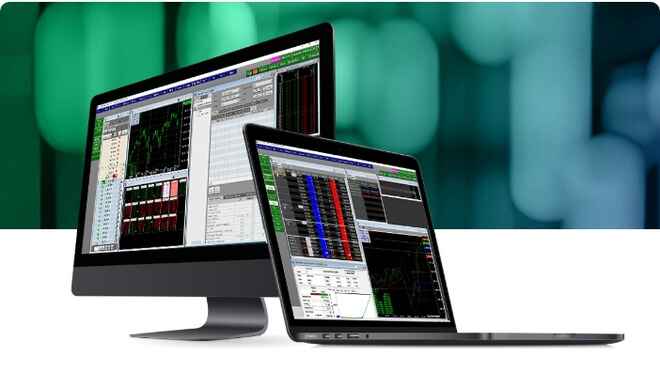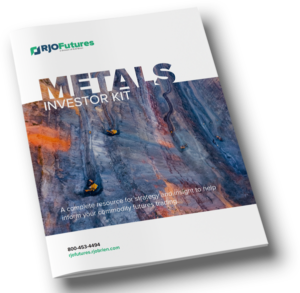In the modern day world of technology, metals have never been more important for society to continue moving forward and maintain the infrastructure already in place. Though the mining and processing of metals has matured with the cultures that rely on them, man’s reverence and dependence on metals is anything but new. Historically, metals have always been seen as an investment regardless of how technology changes and demand for these highly conductive products grow. Used to portray wealth and power through the ages, metals drive markets and define cultures.
Metals are usually classified as either precious or non-precious, depending on their rarity, worth and usage. Precious metals are rare and can be used in currencies or for industrial needs. The most common metals markets are gold, silver, platinum, palladium, aluminum, copper, lead, nickel, tin and zinc which can be traded on the New York Mercantile Exchange (NYMEX) and the London Metal Exchange (LME). These are not the only exchanges that trade metals, gold is especially popular, but they are the most commonly used for futures and options.
Popular Metal Futures
RJO University
Gain the knowledge and skills to trade futures with confidence. Access in-depth guides, market analysis, and actionable insights. Whether you’re a novice or seasoned trader, our century of industry experience empowers you to navigate complex markets and make informed decisions. Start your journey with RJO’s trusted expertise.
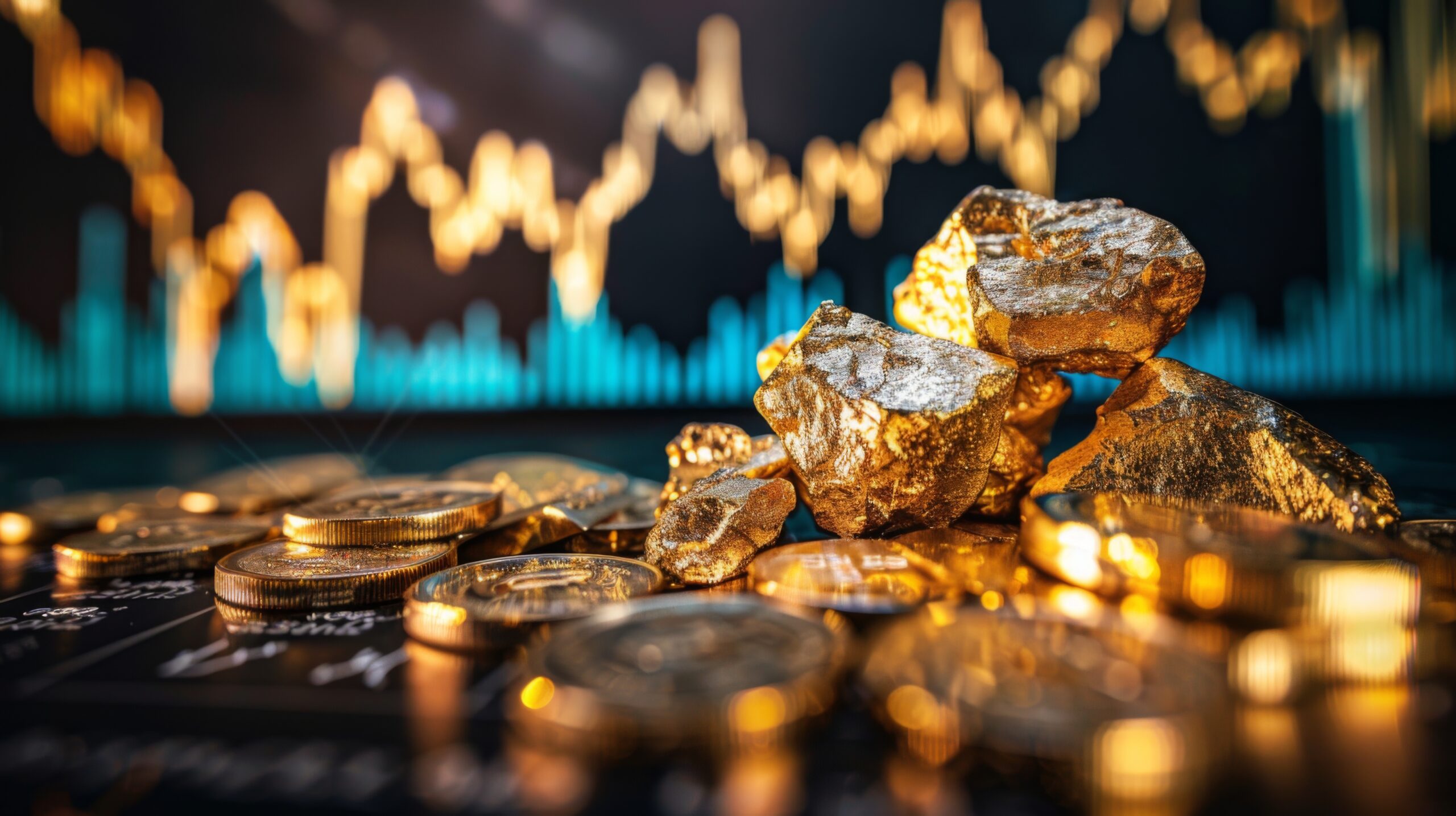 Fundamental Analysis
Fundamental Analysis
Should You Invest in Gold Futures During a Recession?
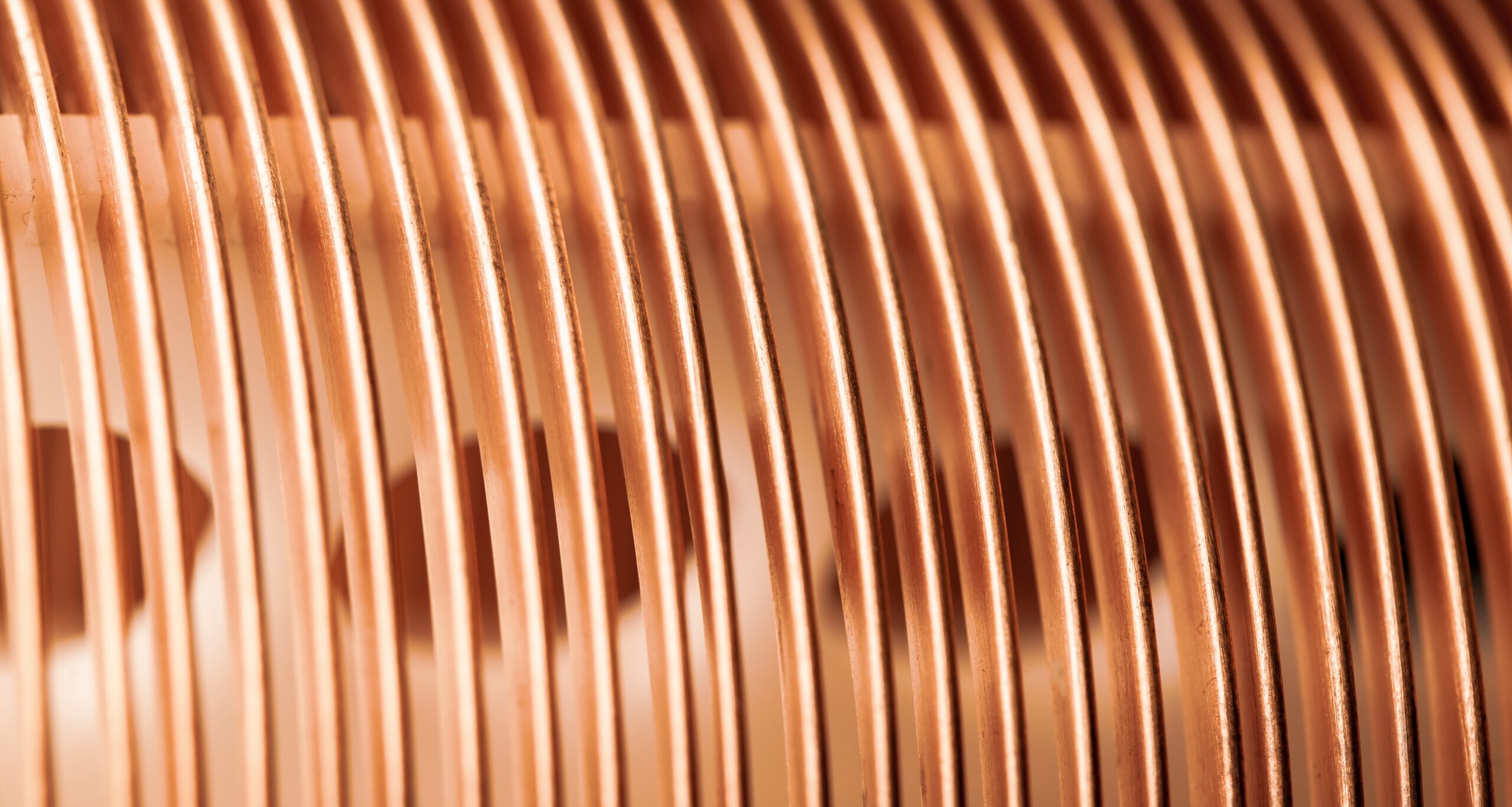 Copper Futures
Copper Futures
Fundamentals of Trading Copper Futures
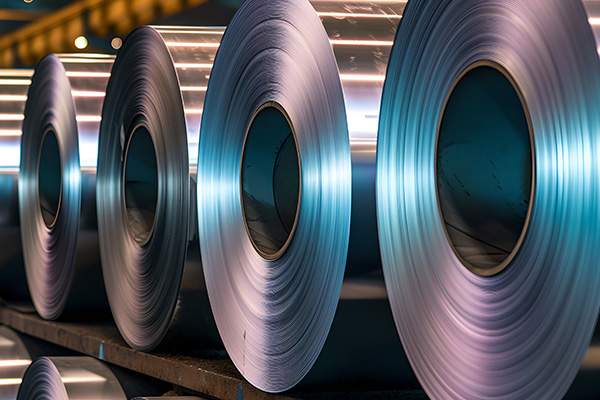 Copper Futures
Copper Futures
The Top Reasons You Should Invest in Metals Today
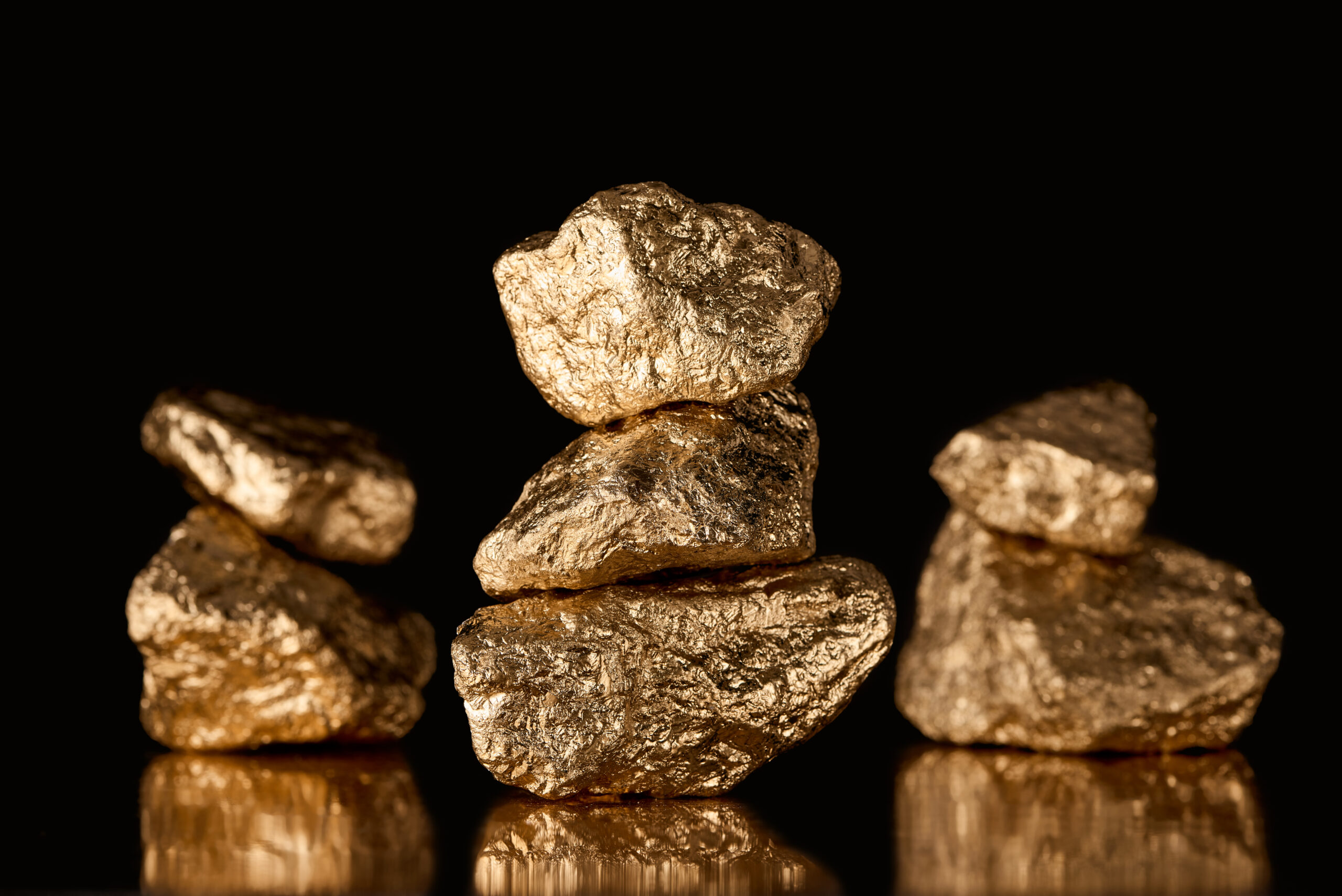 Fundamental Analysis
Fundamental Analysis
